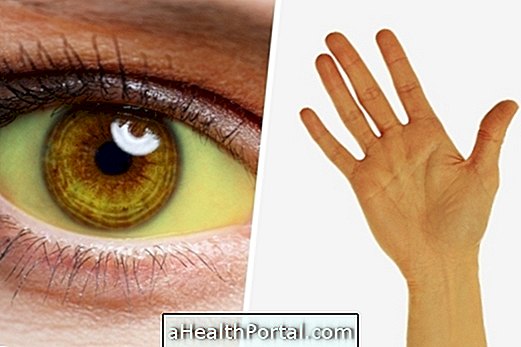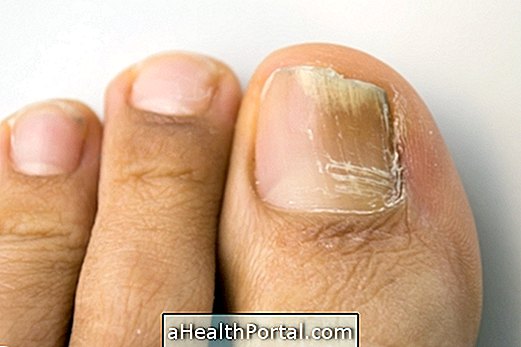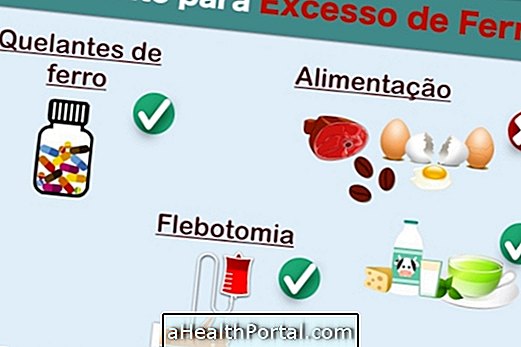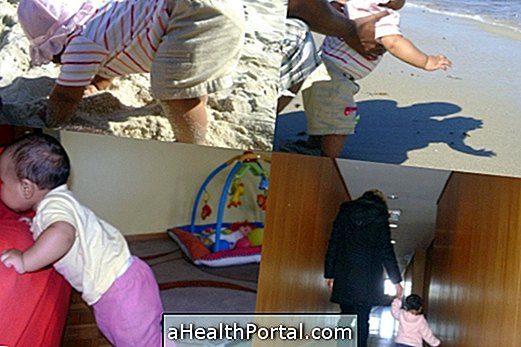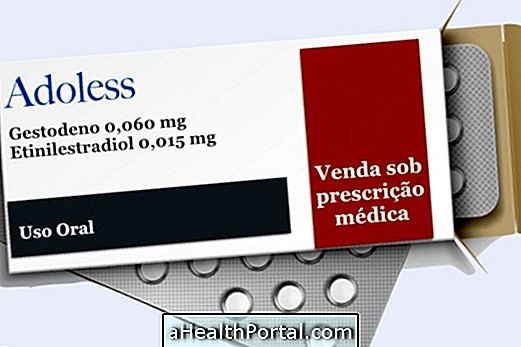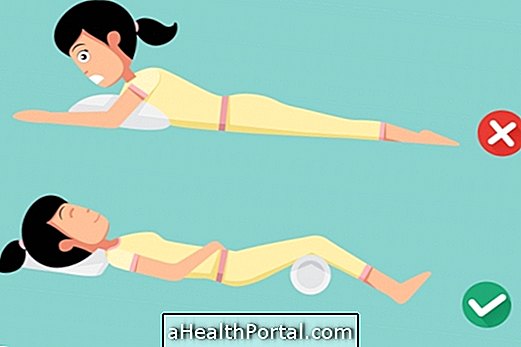The cat's eye syndrome is a type of malformation of the eye, known as a coloboma, which causes the middle layer of the eye, called the uvea, to not exist or be altered. This affects the structure that sustains the iris and, therefore, its shape changes, being similar to that of a cat, but the ability to see is almost always maintained.
Although this is one of the most known cases, there are other types of eye structure changes that are included in the ocular coloboma group and include:
- Coloboma of the eyelid : the baby is born with a missing part of the upper or lower eyelid, but has normal vision;
- Coloboma of the optic nerve : missing parts of the optic nerve, which may end up affecting vision or cause blindness;
- Coloboma of the retina : the retina is poorly developed or has small defects that affect the vision, and may create dark spots in the image seen, for example;
- Coloboma macular : There is a failure in the development of the central region of the retina and, therefore, vision is greatly affected.
In some cases, the coloboma may be bilateral and therefore affect both eyes; however, the type of coloboma may vary from one eye to the other.
There is still no cure for this type of malformation in the eye, but the treatment helps reduce some of the symptoms and improve one's quality of life.
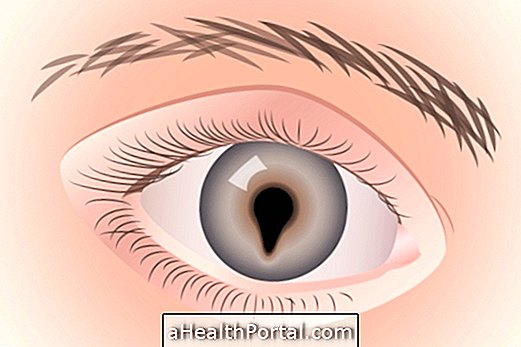
Main symptoms
The symptoms of coloboma vary according to its type, however, the most common signs are:
- Pucca in the shape of a 'keyhole';
- Lack of a piece of eyelid;
- Excessive sensitivity to light;
- Difficulties to see that do not improve with glasses.
In addition, if it is a coloboma of the optic nerve, the retina or the macula, severe impairments in the ability to see may also occur, and some children may even be born blind.
Since these changes are often related to other problems, such as cataracts, glaucoma or nystagmus, for example, your doctor may need to do several tests in your child's eyes to see if there are any other problems that need to be treated.
What Causes Coloboma
Coloboma arises when there is a genetic mutation during the first 3 months of gestation. Although this mutation can be passed from parent to child, there are also many cases where it happens spontaneously, with no other cases in the family.
How is the treatment done?
Treatment for a coloboma, such as cat's eye syndrome, is only necessary when the change causes difficulty in seeing or some other symptom. Otherwise, the ophthalmologist only schedules appointments every 6 months to assess the development of the eye at least until the age of 7 years.
In cases where treatment is necessary, the technique used varies according to the symptom:
- Use of colored contact lenses : they have a painted iris that allows to hide the pupil in the shape of a cat;
- Use of sunglasses or filters on the windows of the house and the car: help reduce the amount of light when there is excessive ocular sensitivity;
- Aesthetic surgery : it allows reconstructing the missing eyelid or definitively restoring the shape of the pupil.
When there is decreased ability to see, the ophthalmologist can also try various techniques such as glasses, lenses or even lasik surgery, to try to identify if there is a possibility of improvement for the vision.




